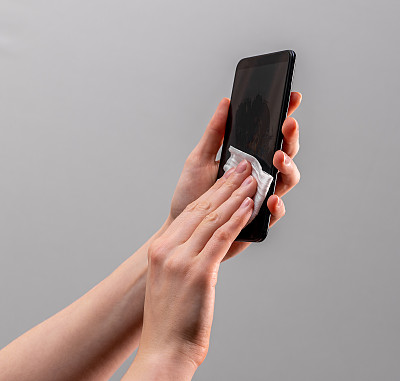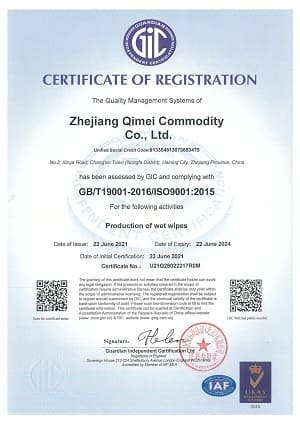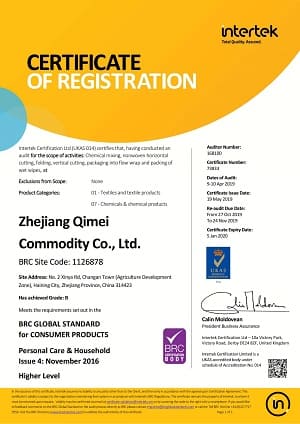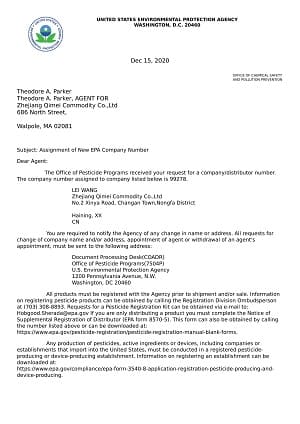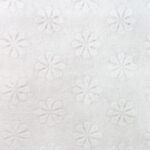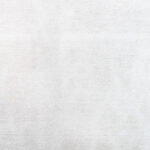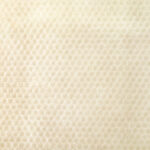Spunlace-Vliesstofftyp: Polyester, Poly-Viskose-Mischmaterial, Bambusfaser, Holzzellstoff (spülbar), Baumwolle oder Sojafaser (biologisch abbaubar)
Flach oder strukturiert (Ihr eigenes LOGO ist verfügbar)
Grammatur: 30–80 g/m²
1/10/30/80/100/120/160 Stück/Packung
The most common size of intimate wipes is around 5 inches by 7 inches;
6 inches by 8 inches;7 inches by 9 inches;8 inches by 10 inches. This size is convenient for single-use and provides enough surface area to clean and freshen the external genital area. However, some intimate wipes may be smaller or larger than this standard size to cater to specific preferences or needs of consumers.
1. Wiederverschließbarer Plastikbeutel: Dies ist die häufigste Art der Verpackung von Feuchttüchern. Es besteht aus Kunststoff und hat oben einen wiederverschließbaren Streifen, um die Tücher frisch und feucht zu halten.
2. Flip-Top-Deckelbehälter: Diese Verpackungsart besteht aus einem Kunststoffbehälter mit einem Flip-Top-Deckel, der geöffnet und geschlossen werden kann, um an die Tücher zu gelangen.
3. Softpack mit Flip-Top-Deckel aus Kunststoff: Ähnlich wie der Flip-Top-Deckelbehälter wird diese Verpackung in einem Softpack geliefert und hat einen Flip-Top-Deckel aus Kunststoff für einfachen Zugriff.
4. Pop-up-Spender: Diese Verpackungsart verfügt über einen Pop-up-Spendermechanismus, der jeweils ein Tuch herauszieht.
5. Reisepaket: Eine kleine Verpackung für unterwegs, oft mit einem Schnappverschluss aus Kunststoff.
6. Einwegverpackung: Diese Feuchttücher werden in kleinen, versiegelten Päckchen geliefert, die praktisch für Reisen oder Outdoor-Aktivitäten sind.
7. Nachfüllbeutel: Diese größere Verpackung dient zum Nachfüllen anderer Feuchttuchbehälter und hat normalerweise eine wiederverschließbare Öffnung.
Isopropyl alcohol: This is a common cleaning agent that is effective at removing dirt and grime from electronic devices without damaging them.
Deionized water: This is water that has had its mineral ions removed, making it a highly purified form of water that is safe to use on electronics.
Non-ionic surfactants: These are cleaning agents that help to break down and remove dirt and grime from electronic devices.
Antistatic agents: These are chemicals that help to prevent static buildup on electronic devices, which can attract dust and other contaminants.The exact formulation and concentration of these ingredients may differ depending on the intended use of the wipe and the specific electronic device being cleaned.
ISO certification: ISO certification is a set of standards for quality management systems that are internationally recognized. Obtaining ISO certification can help demonstrate that the manufacturing process is of high quality and meets global standards.
Restriction of Hazardous Substances (RoHS) certification: This is a certificate that indicates that the electronic wipes are free of hazardous substances such as lead, mercury, and cadmium. The RoHS certification is required in many countries and regions, including the European Union.
Registration, Evaluation, Authorization, and Restriction of Chemicals (REACH) compliance: REACH is a regulation in the European Union that addresses the production and use of chemical substances, including those used in the production of electronic wipes. Compliance with REACH is required for companies that manufacture and/or import chemicals into the EU.
Good Manufacturing Practice (GMP) certification: This is a certificate that ensures that the manufacturing process follows a set of quality control procedures that are designed to ensure the safety, purity, and effectiveness of the product.
